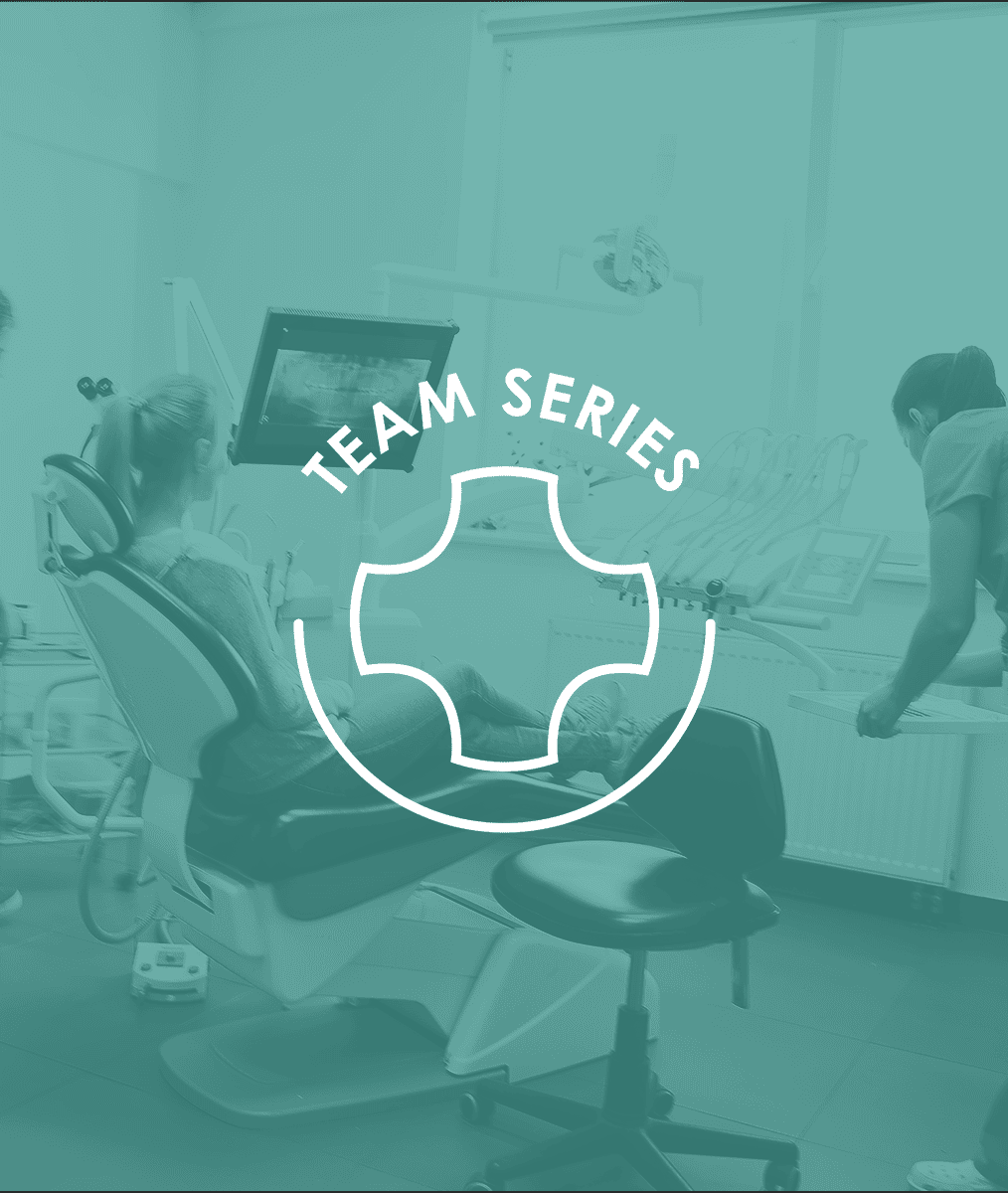
Tips for Growing & Conserving Personal Wealth in 2022
Stocks and bonds have both fallen in 2022, taking down portfolio balances. Meanwhile, inflation has shot up, tying the hands of many investors—retirees and others, who might otherwise be inclined to reduce spending in periods when our portfolios have lost money.
What Can We Control?
As long-term investors, some of us have experienced these moments before. One of the best ways to minimize worry in a volatile, uncertain market environment is to focus on what we can control.
What we can control is:
- our savings rate,
- our spending plan, and
- our spending rate
In retirement, the spending rate is often referred to as the burn rate.
We can use all three of these levers throughout our lives. Often, these levers influence long-term outcomes more than investment selection or even asset allocation. These three levers are often the main determinant of whether our plan sinks or swims.
We Can Invest More
Increasing our savings rate in down markets allows us an opportunity to invest more when markets are off 10%, 20%, 30%, or more. The process of buying more shares at a lower price point weekly, bi-monthly, or monthly allows us to lower our average cost per share. (This is Dr. L. D. Pankey’s Rule of “7’s” in A Philosophy of the Practice of Dentistry.)
Many investors in accumulation mode prioritize “maxing out” their contributions to tax-sheltered retirement savings vehicles—IRAs, 401(k)s, and more recently, health savings accounts. Yet another type of tax-advantaged contribution has been seeing an increased uptake: after-tax 401(K) contributions.
My recommendation is that you talk seriously with your business accountant to determine if your current business cash flow will support more contributions to your retirement plan, savings, and/or possible after-tax investments.
Consider After-Tax 401(k) Contributions
If there is a knock against after-tax 401(k) plans, it is that many people who have access to them are not using them! They have much to offer.
Plans that offer after-tax contributions, allow investors to stash a full $61,000 in a 401(k) ($67,500 for people over 50), including pretax or Roth contributions, employer matching funds, and after-tax 401(k) contributions.
Assuming the 401(k) is a high-quality one, after-tax contributions tend to beat investing in a taxable brokerage account on an after-tax basis. That’s especially true if the plan offers automatic in-plan conversions. These plans are especially appropriate for high-income, heavy savers, who have access to them.
Required Minimum Distributions Can Be Reinvested in an After-Tax Account
For those already retired, our main lever for the health of our plan is how much we withdraw from our portfolio. If we can find a way to take a bit less when our portfolio is down, we will leave more of our portfolio in place to recover when the market goes back up. One question that inevitably crops up in the realm of portfolio withdrawals is the role of required minimum distributions (RMD’s) and whether they could cause us to prematurely deplete our assets.
The short answer is no! It is always appropriate to evaluate the amount of the RMD, and realize we are not required to spend it all. We can reinvest it in an after-tax investment account and/or increase our Emergency Fund, as a cushion for future unknown events of which persistent inflation could be one example.
Take a Long-Term Perspective
Focusing on what we can control—especially our savings and spending rate, can provide peace of mind in volatile times, and so can taking a long-term view. Learning more about the history of the stock market and the detailed history of stock market declines, broadens our understanding and can minimize the noise.
The dominant long-term trend is up, and the periodic bear markets, even bad ones like 2007-2009, have been fairly modest blips along the way. It can be easy to lose sight of that long-term view when the market logs one bad day after another.
It is worth training our gaze on the long-term and what we can control by:
- living on less than we make,
- saving a greater percentage of our compensation, and
- becoming more aware of controlling our spending plan and burn rate
To learn more about personal finance, I invite you to sign up for the Pankey Institute course titled Creating More Financial Freedom which will be held March 30 – April 1, 2023.
Related Course
The Pankey Administrative Team: Inspiring Front Office Excellence
DATE: February 6 2025 @ 8:00 am - February 7 2025 @ 2:00 pmLocation: The Pankey Institute
CE HOURS: 16
Regular Tuition: $ 2150
Single Occupancy Room with Ensuite Bath (Per Night): $ 345
The Pankey Administrative Team: Inspiring front office excellence Front office systems for a Pankey-trained dentist hold very specific differences compared to a typical dental office. Learning how to differentiate your…
Learn More>







Good article and Rich, good to know you are still around!